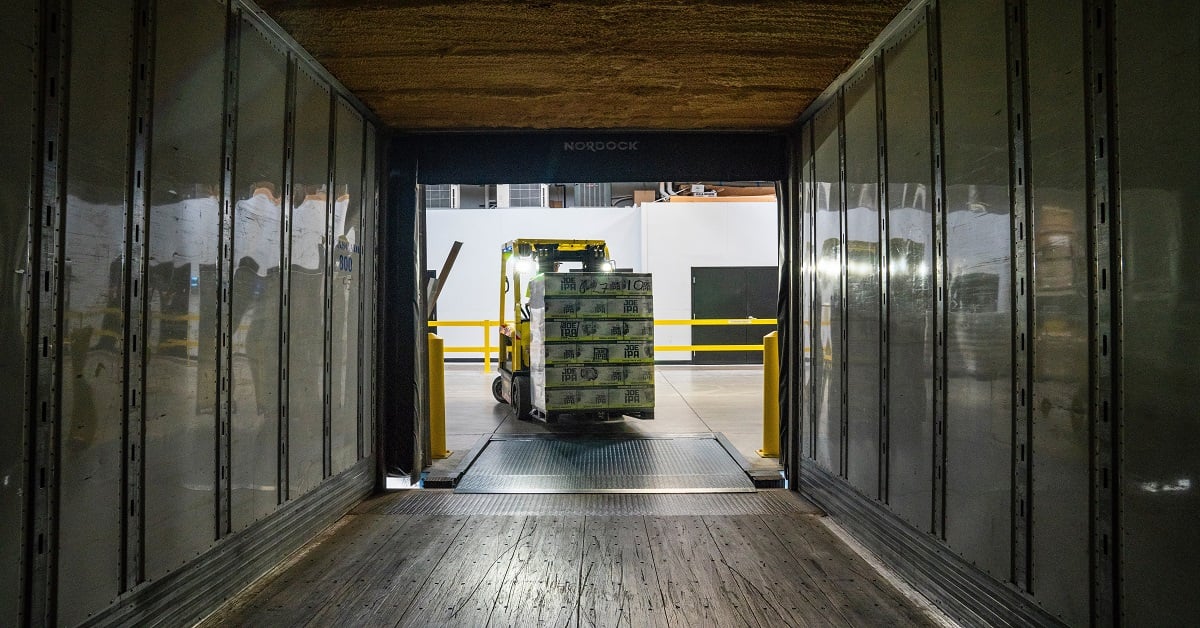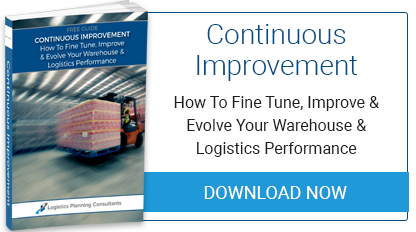
The ideal way to automate a warehouse is to start with a blank canvas. This lets you plan your layout and flows in the most efficient manner and ensures that the various aspects of your operations work together seamlessly. In practice, however, unless you’re a start-up with extremely deep pockets, this blank canvas approach is rarely possible. Companies often take more piecemeal approaches instead, automating one or two processes at a time.
While gradual automation can be successful, there are some pitfalls involved. Is it possible to completely overhaul your warehouse operation without breaking the bank or bringing your business to a standstill?

What Can Go Wrong?
Logically, when prioritising investment capital, you focus on the area likely to give you the best return on investment (ROI), or the area most in need of immediate improvement.
For example, you may wish to invest in an automated picking and packing system, in order to reduce picking mistakes and returns – thus bringing an increase in customer service and a reduction in unnecessary costs.
These goals are positive. However, if you cherry-pick areas to automate based on limited or localised gains, your system could well lack cohesion. Some areas (or departments) of your company may never see the benefits that automation can bring.
Your fast and improved picking and packing system, for instance, may simply lead to a bottleneck in the dispatch area – if your dispatch and delivery functions are not likewise improved. From a customer perspective there may be no positive impact on delivery at all, and there may even be an increase in delays.
The upgrade may save you money in one part of your operation, while costing you money overall - not a good ROI. A more cost-effective approach is to look at the bigger picture when automating any part of your warehouse.
Although implementing multiple upgrades involves more capital and careful implementation, the improvements in productivity will be deeper and more immediately felt. You won’t suffer a disconnect between your newly automated functions and your older, still-to-be-upgraded systems.
Furthermore, piecemeal upgrades may lead to incompatibility issues between one or more systems, especially if you work with software from more than one vendor.
The Alternatives To Taking A Piecemeal Approach
This isn’t to say you have to shut your warehouse down and completely overhaul it. Automated systems can be installed gradually, but should be done so as part of a planned investment strategy. By building flexibility and the potential for expansion into your strategy, a partial automation plan will enable you to increase efficiency in a structured way, as and when your business evolves.
If you aren't in a position to invest in new technology immediately, you can still successfully re-engineer your warehouse for greater productivity and efficiency. This may be as simple as reorganising your warehouse to make better use of space, selectively outsourcing some of your functions, or focusing investment on better software or staff training.
Contact LPC International today, and our experienced logistics consultants can help identify your key system requirements. We can then work with you to develop a holistic warehouse automation plan to meet your current and future needs.
Image source: Unsplash


